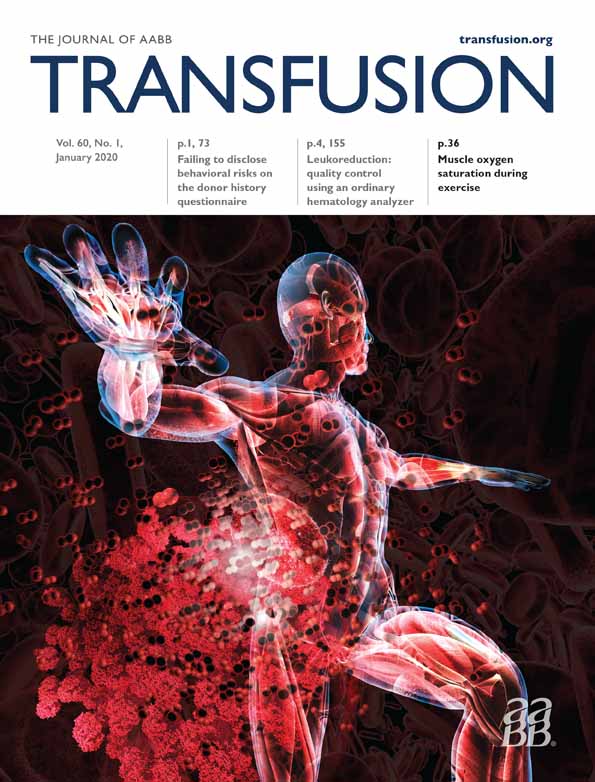Validation of simple prediction algorithms to consistently achieve CD3+ and postselection CD34+ targets with leukapheresis
Abstract
BACKGROUND
Cellular therapies using engineered T cells, haploidentical transplants, and autologous gene therapy are increasing. Specified CD3+ or high CD34+ doses are typically required for subsequent manufacturing, manipulation, or CD34+ selection. Simple, practical, and reliable lymphocyte and hematopoietic progenitor cell (HPC) collection algorithms accounting for subsequent CD34+ selection have not been published.
STUDY DESIGN AND METHODS
In this analysis of 15 haploidentical donors undergoing tandem lymphocyte and HPC collections, we validated one-step, practical prediction algorithms (Appendix S1, available as supporting information in the online version of this paper) that use conservative facility-specific collection efficiencies, CD34+ selection efficiency, and donor-specific peripheral counts to reliably achieve the target CD3+ and CD34+ product doses. These algorithms expand on our previously published work regarding predictive HPC collection algorithms.
RESULTS
Ninety-three percent of lymphocyte and 93% of CD34+ collections achieved the final target CD3+ and CD34+ product dose when our algorithm-calculated process volumes were used. Linear regression analysis of our algorithms for CD3+, preselection CD34+, and postselection CD34+ showed statistically significant models with R2 of 0.80 (root mean square error [RMSE], 31.3), 0.72 (RMSE, 385.7), and 0.56 (RMSE, 326.0), respectively, all with p values less than 0.001.
CONCLUSION
Because achievement of CD3+ or CD34+ dose targets may be critical for safety and efficacy of cell therapies, these simple, practical, and reliable prediction algorithms for lymphocyte and HPC collections should be very useful for collection facilities.
CONFLICT OF INTEREST
The authors have disclosed no conflicts of interest.




